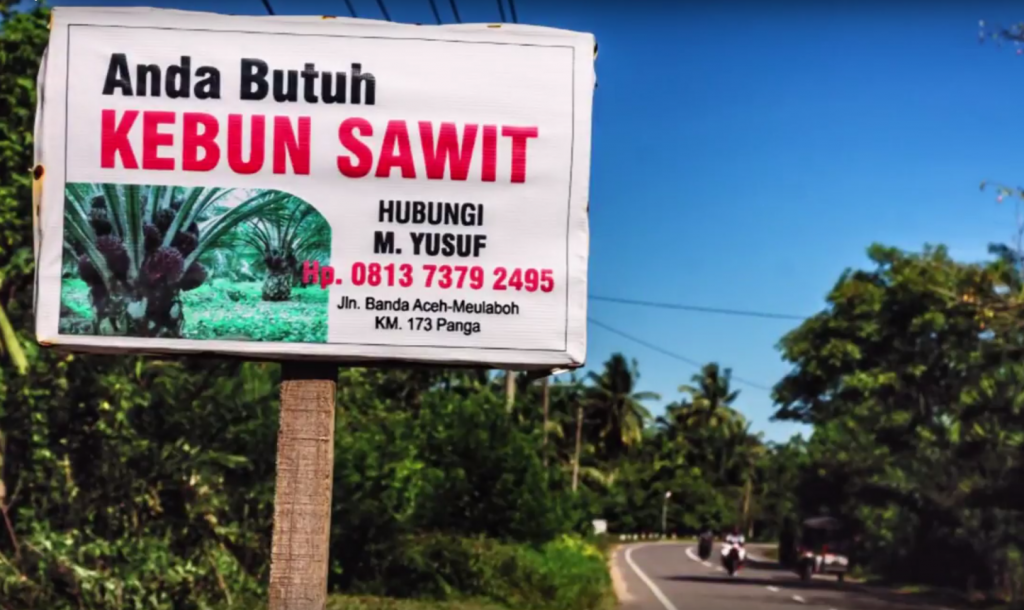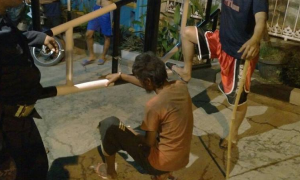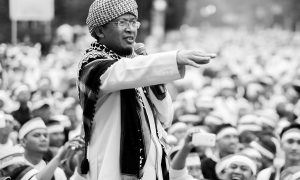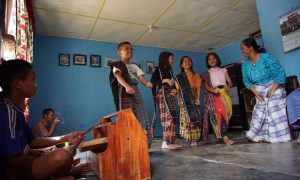During my ethnographic field trips in the post-disaster province of Aceh, Indonesia, studying artisanal gold mining and resources utilisation, I have often encountered contradictions. “Aceh is an endless reservoir of free land and natural riches”, “Since the conflict has finally ended, anyone can borrow such riches”, “Aceh is the latest Indonesian frontier, corporations are welcome”, people usually say.
Nevertheless, a growing number of villagers appreciate that belonging to the racialised, close-knit Acehnese communities doesn’t guarantee access to the resource-rich enclosures, as it often did in the past. Forging multilayered political connections is key to economic exploitation of resources, for local farmers, migrant fortune-seekers and private investors alike. Meanwhile, discourses about the ecosystem’s limits and the need to conserve the biomass are timidly popping up in political programs, Islamic sermons and everyday talks.
This photo essay is a visual itinerary through such contradictory dynamics and their socio-ecological impacts, in one of the few Indonesian regions where deforestation, agribusiness, industrial mining and environmental degradation are still at an early stage. It shows a changing rural landscape crisscrossed with plantations, fish ponds, cell towers, roads, football fields, schools, mining waste, bulldozers and busy people. Such transformations are not as striking as one might expect for this post-conflict and post-tsunami area—a humanitarian reconstruction hub until 2010—but are slow, delayed and often imperceptible.
This work also tackles the complex relations between clientelism, the processes of appropriation of local commodities by the state and the private sector, the global trends towards environmentalism and their local reach. Finally, this photo essay critically addresses a sensitive issue: what is, in the long run, the legacy of the ongoing and planned commodification of the natural riches and of the poor governance that has often afflicted post-disaster Aceh.
 Facebook
Facebook  Twitter
Twitter  Soundcloud
Soundcloud  Youtube
Youtube  Rss
Rss 


